
Could men with advanced prostate cancer avoid chemotherapy?

When we think about radiation therapy, we typically picture treatments directed at tumors by a machine located outside the body. Now imagine a different scenario — one in which radioactive particles injected into the bloodstream find and destroy individual cancer cells, while leaving healthy cells unscathed.
The drug
One such “radioligand” is already available for certain patients with prostate cancer. Called Lu-PSMA-617 (trade name Pluvicto), it carries a lethal payload of radioactive atoms. The drug binds with a cell protein known as prostate-specific membrane antigen (PSMA), which is abundant on most prostate cancer cells but absent on most normal cells. After sticking to that protein, Lu-PSMA-617 delivers its radioactive cargo, and then the targeted cell dies.
As it currently stands, Lu-PSMA-617 is approved only for very a specific circumstance: eligible patients must have been treated already with chemotherapy for metastatic castration-resistant prostate cancer (mCRPC). During this advanced stage of the disease, prostate-specific antigen (PSA) levels rise despite treatments that block testosterone, a hormone that fuels prostate cancer growth (rising PSA indicates the cancer is progressing).
Doctors will often respond by switching to second-line hormonal treatments that block testosterone in other ways. If those drugs don’t work or become ineffective, then chemotherapy is typically the next option.
But could men with mCRPC bypass chemotherapy — along with its challenging side effects — and start on Lu-PSMA-617 right away? Investigators evaluated that potential strategy during a newly-completed clinical trial.
The study
The PSMAfore phase 3 trial enrolled 468 men with mCRPC. All the men had PSMA-positive tumors, and each of them had been treated already with a second-line testosterone blocker. For most men, that drug was abiraterone; the rest had been treated with a drug called enzalutamide. None of the men had yet been given chemotherapy.
The investigators randomized all the enrolled men into two groups. Men in the treatment group were given infusions of Lu-PSMA-617, while men in the control group were switched to a second testosterone-blocker that they hadn’t yet received.
The findings
After nearly a year and a half of follow-up, Lu-PSMA-617 treatment generated promising results. Crucially, the treated men avoided further cancer progression for a year on average, which was six months longer than progression was avoided in the control group.
Lu-PSMA-617 also produced significant drops in PSA: in 58% of the Lu-PSMA-617-treated men, PSA levels declined by half or more. Just 20% of men in the control group experienced comparable PSA declines. Lu-PSMA-617 was also well tolerated. The most common side effects were dry mouth and minor gastrointestinal symptoms, and treated men also reported less pain and better quality of life.
Commentary
Researchers still need to show that using Lu-PSMA-617 before chemotherapy actually lengthens survival before the FDA will approve this new indication. The enrolled subjects are still being followed, and “hopefully with further follow up, this sequence of treatments may become more widely available,” says Dr. Marc B. Garnick, the Gorman Brothers Professor of Medicine at Harvard Medical School and Beth Israel Deaconess Medical Center.
Added Dr. Garnick, “This study marks another advance in our emerging treatment options for men with advanced prostate cancer, and underscores the methodical progression of pharmaceutical development. When new therapies are introduced, they are studied in patients in whom the treatment options are limited. Fortunately, Lu-PSMA-617 showed excellent results in this population, and the study outlined here suggests that it may be able to move this therapy to even earlier forms of advanced prostate cancer. We anxiously await longer-term follow-up of this important research.”
About the Author
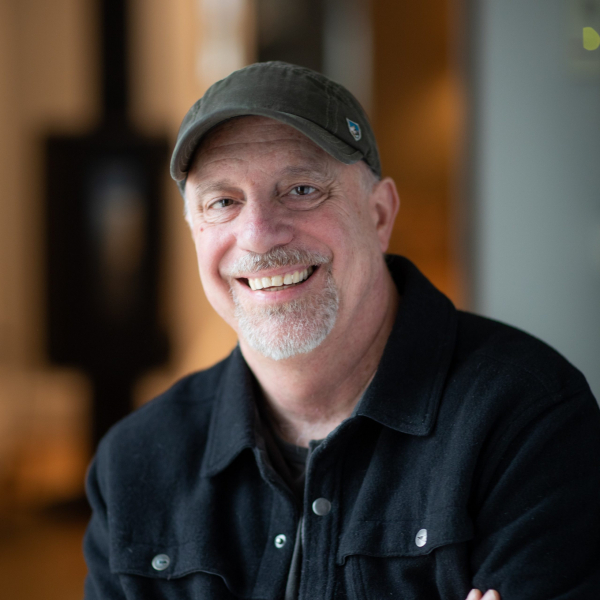
Charlie Schmidt, Editor, Harvard Medical School Annual Report on Prostate Diseases
Charlie Schmidt is an award-winning freelance science writer based in Portland, Maine. In addition to writing for Harvard Health Publishing, Charlie has written for Science magazine, the Journal of the National Cancer Institute, Environmental Health Perspectives, … See Full Bio View all posts by Charlie Schmidt
About the Reviewer
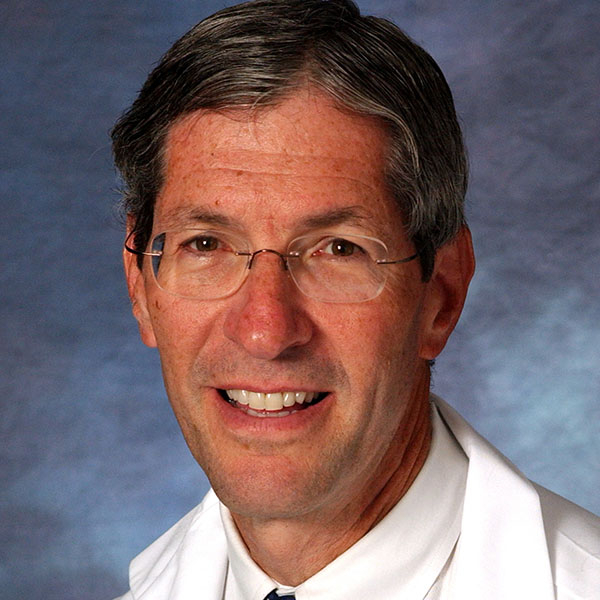
Marc B. Garnick, MD, Editor in Chief, Harvard Medical School Annual Report on Prostate Diseases; Editorial Advisory Board Member, Harvard Health Publishing
Dr. Marc B. Garnick is an internationally renowned expert in medical oncology and urologic cancer. A clinical professor of medicine at Harvard Medical School, he also maintains an active clinical practice at Beth Israel Deaconess Medical … See Full Bio View all posts by Marc B. Garnick, MD
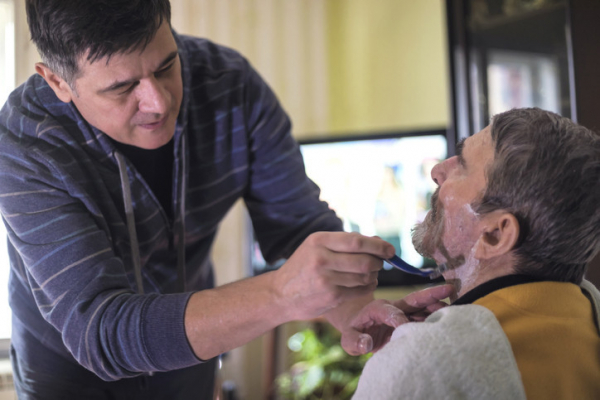
When should you hire in-home help or health aides?

Most people want to age in place and live at home for as long as possible: according to an AARP survey, three-quarters of people 50 and older are hoping to do so.
But managing this successfully may mean hiring outside help, such as health aides who can assist you with daily activities that have become challenging. You might wonder when exactly it will make sense to seek that service. How will you know when it’s time? What can aides do for you? What are the costs and how can you make the most of their help?
Is it time to hire in-home help?
An easy way to know if it’s time for outside help is if your health takes a sudden turn for the worse — perhaps as the result of a fall that affects your mobility. But more often, the need for professional assistance at home isn’t so obvious. It develops gradually, as certain abilities — such as cooking, cleaning, or driving — become more difficult.
Even if you’re busy, happy, and able to do your own tasks and errands now, there may come a time when the balance shifts and daily activities become challenging.
“A lot of times these observations are made by family members or friends, and they start the discussion about getting help,” says Dr. Suzanne Salamon, associate chief of gerontology at Harvard-affiliated Beth Israel Deaconess Medical Center.
Start here: Ask yourself hard questions
You don’t have to wait until family and friends urge you to get outside help. Dr. Salamon recommends that you periodically assess your abilities and how well you’re managing on your own.
For example:
- Is it harder to get in and out of the bathtub because of muscle weakness or balance problems?
- Has driving become difficult because of vision changes, arthritis, or other reasons?
- Are you keeping up with your medication regimen, or are you sometimes not sure if you’ve taken pills?
- Are cooking and cleaning becoming much more of a chore than they used to be?
- Do you find grocery shopping or errands a little overwhelming?
- Do you need help bathing or getting dressed?
Be honest about the answers, and let your needs be your guide. “You might not need a home health aide yet. Maybe you only need a cleaning service to come in every other week,” Dr. Salamon says. “But if you need more assistance, it’s probably time to hire health aides.
What do health aides do?
Health aides are professional caregivers. There are two main types of aides.
- A certified nursing assistant (CNA): This is a trained, licensed professional who can provide hands-on physical care, such as helping you get up and down from a chair or bed, bathing, dressing, feeding, brushing teeth, and using the bathroom. A CNA can also perform homemaker services, such as cooking, light housework, transportation, shopping, overseeing medication routines, or sharing meaningful activities or conversation.
- A companion: This is a registered professional who can provide homemaker services but is not trained in body mechanics and cannot provide hands-on care.
The best place to find aides is through a private duty care agency, which vets and employs the aides, and takes care of their taxes and social security withholdings.
How can you find a reliable private duty care company, and what questions should you ask? Dr. Salamon suggests asking for recommendations from friends, your doctor, local senior services, or your local Area Agency on Aging.
How much does hiring health aides cost?
Private duty care is expensive. Costs average $25 to $30 per hour, typically with a three-to-four-hour minimum per week.
Those fees add up quickly. For example, if you need help two days per week for three hours per day, you’ll pay about $600 to $720 per month.
Costs are not typically covered by Medicare, but they are often covered by Veterans benefits. And they are sometimes covered fully or partially by long-term care insurance, state or local agencies on aging, or nonprofit groups.
What might hold you back from getting help you need?
Cost is a factor, of course. Even if it isn’t, you might not jump at the chance to hire home health aides. It could be that you feel you don’t need them yet, or that you’d be uncomfortable with strangers in your home.
But the sooner you can become accustomed to having professionals assist you with parts of your care as they become challenging, the better prepared you’ll be later, when you might require much more assistance. Trying services now can set you up with contacts — and caring people — you might need to lean on more often as time goes by.
How can you get over your reluctance? “Remember that you don’t have to commit to private duty care forever. Just try it for a few hours once a week. If it doesn’t go well, consider alternatives, such as eventually moving into assisted living,” Dr. Salamon says.
How far can a few hours of in-home help go?
What can an aide accomplish if you start out with just a few hours per week? Plenty.
You might want to set up a regular routine that includes doing laundry, changing bed linens, going on a walk with you, and making a large meal that can be frozen into smaller portions. Or you might want to focus on a theme for each once-a-week visit. For example, the aide can help you do errands one week, do some light house cleaning the next week, and help you cook the week after that.
“This is your opportunity to get the help you need, whether it’s with jobs around the house or basic activities of daily living,” Dr. Salamon says. “In the long run, it’s the kind of service that will keep you living on your own longer.”
About the Author
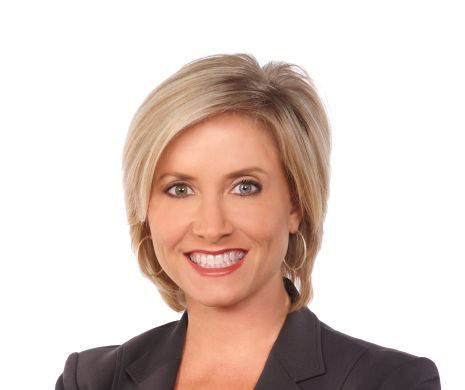
Heidi Godman, Executive Editor, Harvard Health Letter
Heidi Godman is the executive editor of the Harvard Health Letter. Before coming to the Health Letter, she was an award-winning television news anchor and medical reporter for 25 years. Heidi was named a journalism fellow … See Full Bio View all posts by Heidi Godman
About the Reviewer
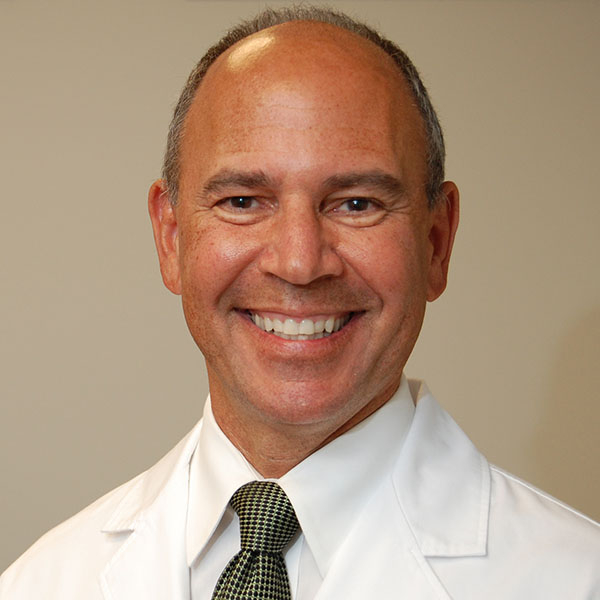
Howard E. LeWine, MD, Chief Medical Editor, Harvard Health Publishing
Dr. Howard LeWine is a practicing internist at Brigham and Women’s Hospital in Boston, Chief Medical Editor at Harvard Health Publishing, and editor in chief of Harvard Men’s Health Watch. See Full Bio View all posts by Howard E. LeWine, MD
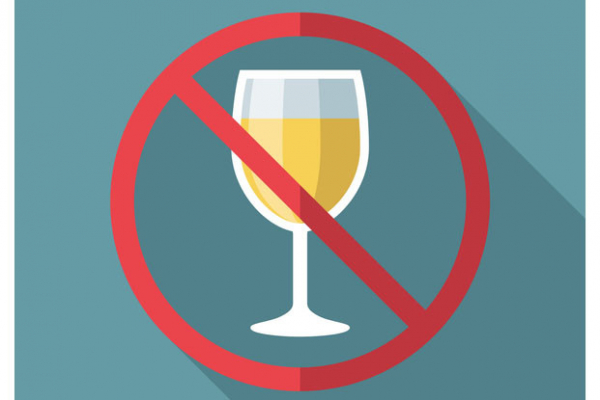
Thinking of trying Dry January? Steps for success

Let’s file this under unsurprising news: the COVID pandemic prompted the biggest spike in alcohol consumption seen in 50 years. Illnesses, hospitalizations, and deaths linked to alcohol misuse rose as well.
Yet even before the pandemic sparked disruptions, losses, stress, and isolation, alcohol use among older adults had been trending upward. And a quarter of people 18 and older reported heavy drinking (five or more drinks for men, four or more for women).
If you’re feeling sober curious or simply ready to cut back, consider joining millions of others who abstain from alcohol during Dry January. Your heart, liver, memory, and relationships could be all the better for it.
Why try Dry January?
If you’d like to cut down your alcohol consumption or start the new year with a clean slate, join in the Dry January challenge by choosing not to drink beer, wine, or spirits for one month. Dry January began in 2012 as a public health initiative from Alcohol Change UK, a British charity. Now millions take part in this health challenge every year.
While past observational studies suggested a link between drinking a moderate amount of alcohol and health benefits for some people, more recent research has questioned whether any amount of alcohol improves health outcomes. And heavier drinking or long-term drinking can increase physical and mental problems, especially among older adults. Heart and liver damage, a higher cancer risk, a weakened immune system, memory issues, and mood disorders are common issues.
Yet, cutting out alcohol for even a month can make a noticeable difference in your health. Regular drinkers who abstained from alcohol for 30 days slept better, had more energy, and lost weight, according to a study in BMJ Open. They also lowered their blood pressure and cholesterol levels and reduced cancer-related proteins in their blood.
Tips for a successful Dry January
A month may seem like a long time, but most people can be successful. Still, you may need assistance to stay dry in January. Here are some tips:
- Find a substitute non-alcoholic drink. For social situations, or when you crave a cocktail after a long day, reach for alcohol-free beverages like sparkling water, soda, or mocktails (non-alcoholic cocktails.)
Non-alcoholic beer or wine also is an option, but some brands still contain up to 0.5% alcohol by volume, so check the label. “Sugar is often added to these beverages to improve the taste, so try to choose ones that are low in sugar,” says Dawn Sugarman, a research psychologist at Harvard-affiliated McLean Hospital in the division of alcohol, drugs, and addiction. - Avoid temptations. Keep alcohol out of your house. When you are invited to someone’s home, bring your non-alcoholic drinks with you.
- Create a support group. Let friends and family know about your intentions and encourage them to keep you accountable. Better yet, enlist someone to do the challenge with you.
- Use the Try Dry app. This free app from the UK helps you track your drinking, set personal goals, and offers motivational information like calories and money saved from not drinking. It’s aimed at cutting back on or cutting out alcohol, depending on your choices.
- Don’t give up. If you slip up, don’t feel guilty. Just begin again the next day.
Check your feelings
Sugarman recommends people also use Dry January to reflect on their drinking habits. It’s common for people to lose their alcohol cravings and realize drinking need not occupy such an ample space in their lives. If this is you, consider continuing for another 30 days, or just embrace your new attitude toward drinking where it’s an occasional indulgence.
If you struggle during the month, or give up after a week or so, you may need extra help cutting back. Talk to your doctor about getting the help you need.
The Rethinking Drinking site created by the National Institute on Alcohol Abuse and Alcoholism (NIAAA) is also an excellent resource. For the record, NIAAA recommends limiting alcohol to two daily drinks or less for men and no more than one drink a day for women.
Be aware of problems that might crop up
Dry January can reveal signs of potential alcohol problems, including symptoms of alcohol withdrawal ranging from mild to serious, depending on how much you usually drink.
- Mild symptoms include anxiety, shaky hands, headache, nausea, vomiting, sweating, and insomnia.
- Severe symptoms often kick in within two or three days after you stop drinking. They can include hallucinations, delirium, racing heart rate, and fever.
“If you suffer alcohol withdrawal symptoms at any time, you should seek immediate medical help,” says Sugarman.
About the Author
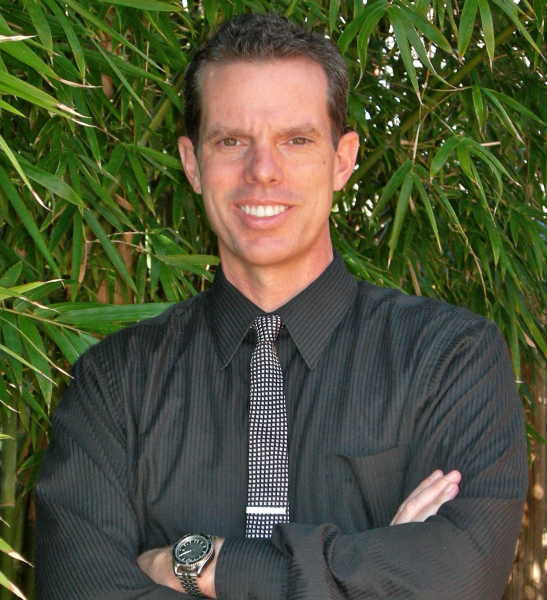
Matthew Solan, Executive Editor, Harvard Men's Health Watch
Matthew Solan is the executive editor of Harvard Men’s Health Watch. He previously served as executive editor for UCLA Health’s Healthy Years and as a contributor to Duke Medicine’s Health News and Weill Cornell Medical College’s … See Full Bio View all posts by Matthew Solan
About the Reviewer
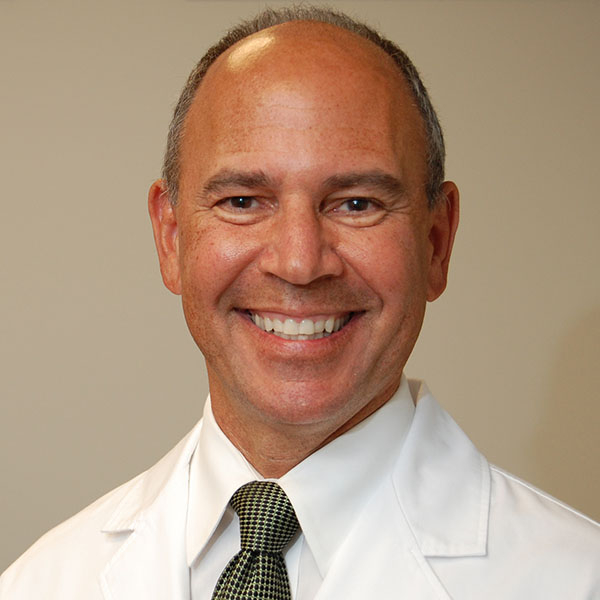
Howard E. LeWine, MD, Chief Medical Editor, Harvard Health Publishing
Dr. Howard LeWine is a practicing internist at Brigham and Women’s Hospital in Boston, Chief Medical Editor at Harvard Health Publishing, and editor in chief of Harvard Men’s Health Watch. See Full Bio View all posts by Howard E. LeWine, MD